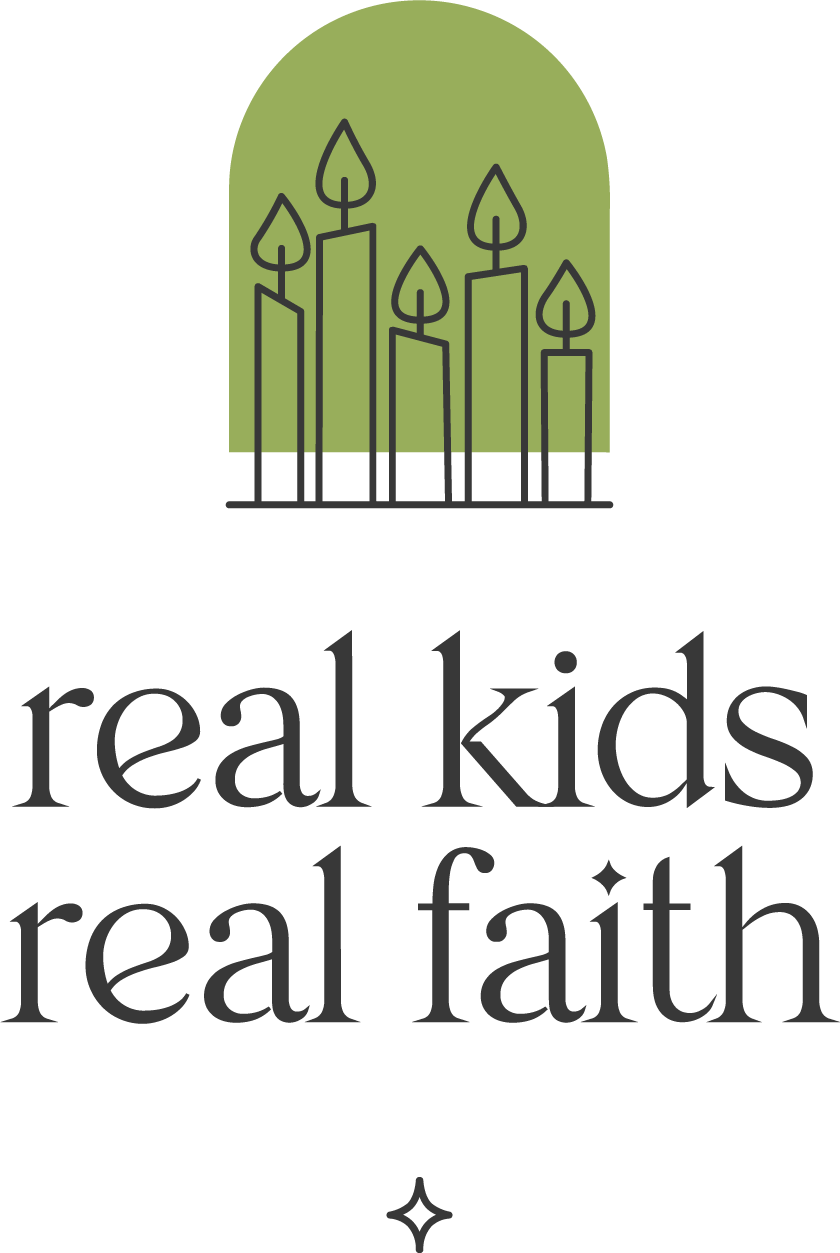Studies show that around 65% of children develop imaginary friends (IFs) before they are seven. These sometimes quite colorful characters provide kids with companionship and support. But what happens to imaginary friends when children grow up and forget them? They run the risk of disappearing forever, a fate no IF wants to experience.
IF, Paramount’s newest family movie, highlights the roles of imagination, wellbeing, friendship, anxiety, and memories in children’s lives, with an all-star cast voicing the animated IF characters. Invite children three and older to explore the film’s themes more deeply, using one or more of the following activities.
IF books. Bea carefully draws and labels each imaginary friend, writing down their name and purpose. (For example, her grandmother’s IF is named Blossom and her purpose is to dance with Margaret.) Invite children to create their own IF book, drawing potential IFs for people close to them. Suggest that they give each IF a name and also assign it a purpose that they think would promote spiritual and emotional wellbeing.
Positive spaces. When Bea first visits the IF retirement home, it’s not what she thought it would be. Lewis encourages her to reimagine it as a place filled with each IF’s favorite things and places. Invite children to name a space where they feel uncomfortable. Then ask: How would you imagine it differently? What things or spaces would help you feel more ‘at home’? Work together to draw a picture of your newly imagined spaces as parts of a complex that welcomes all.
Friend interviews. Bea, Lewis, and Calvin interview IFs to understand better who they are and what they are looking for in a match with a new child. Take turns interviewing each other as if you are trying to make friend matches. Ask: When you meet a new friend, what are some things you would want to share about yourself? What do you love to do? What are your strengths? What do you look for in a friend? How would you want a friend to treat you?
Safe people. While Bea’s father is recovering from surgery, Bea tells him a story about how he is her safe person. She explains that he always cares for her and allows her to be a child. Invite children to identify their own safe people. Ask: How do these people help you feel safe? List their responses. Then ask: Who else do you know who might be able to help you feel safe? Encourage them to use the list to identify others who share traits with their already-known ‘safe’ people.
Connective memories. Memories are what connect the IFs to their grown-up children. When Bea’s grandmother hears ballet music, she closes her eyes and remembers dancing with Blossom. Invite children to close their eyes and recall a favorite memory. Say: Look around your memory in your mind. What do you see? (pause) Take a deep breath in through your nose. What do you smell? (pause) Imagine touching things in your memory. What do you feel? (pause) What else do you notice about your memory? (pause) When you are ready, open your eyes. Once all eyes are open, invite those who are willing to share their experiences.

Comments